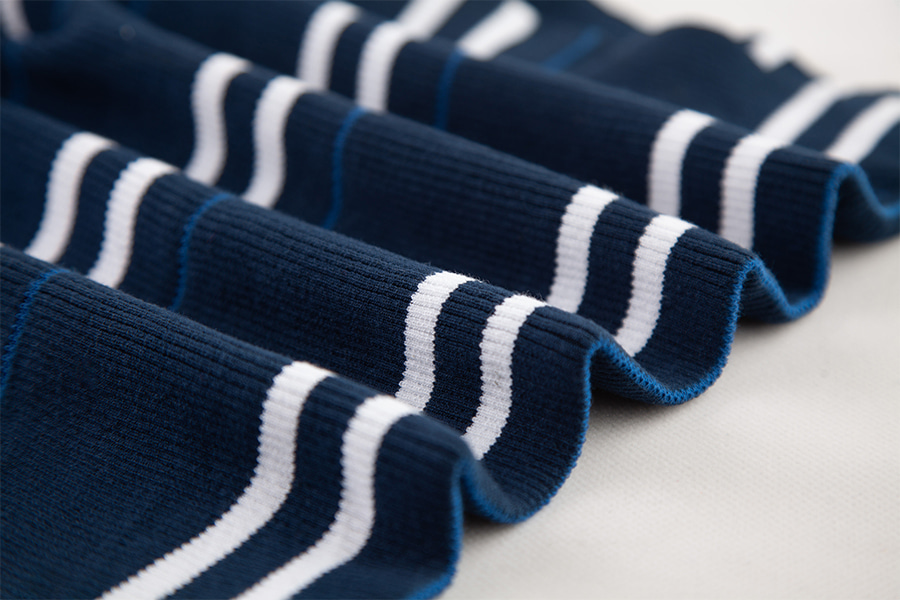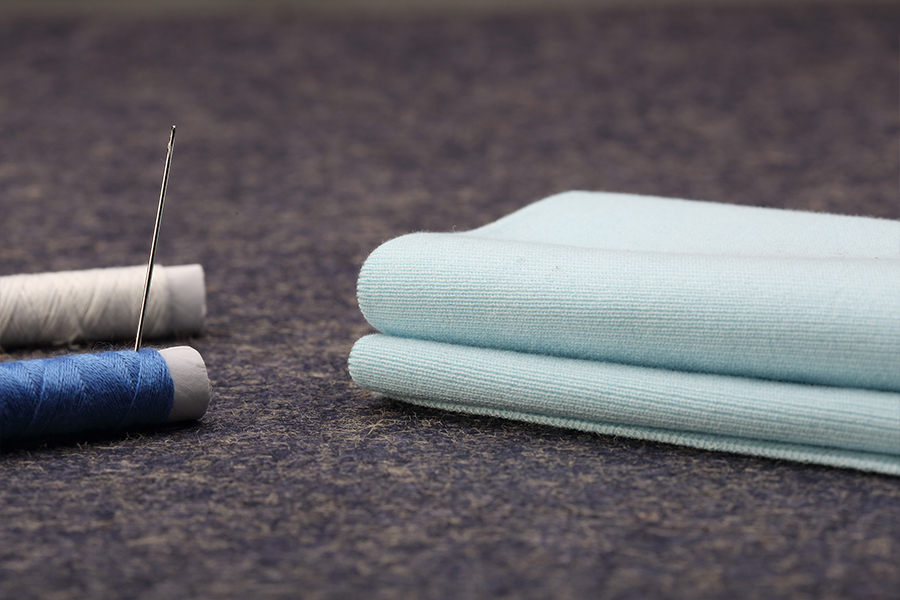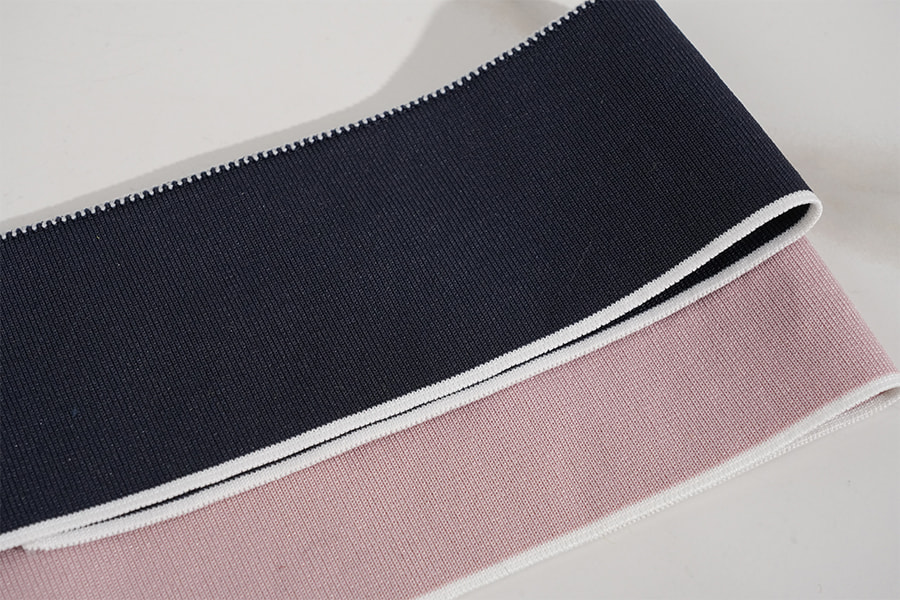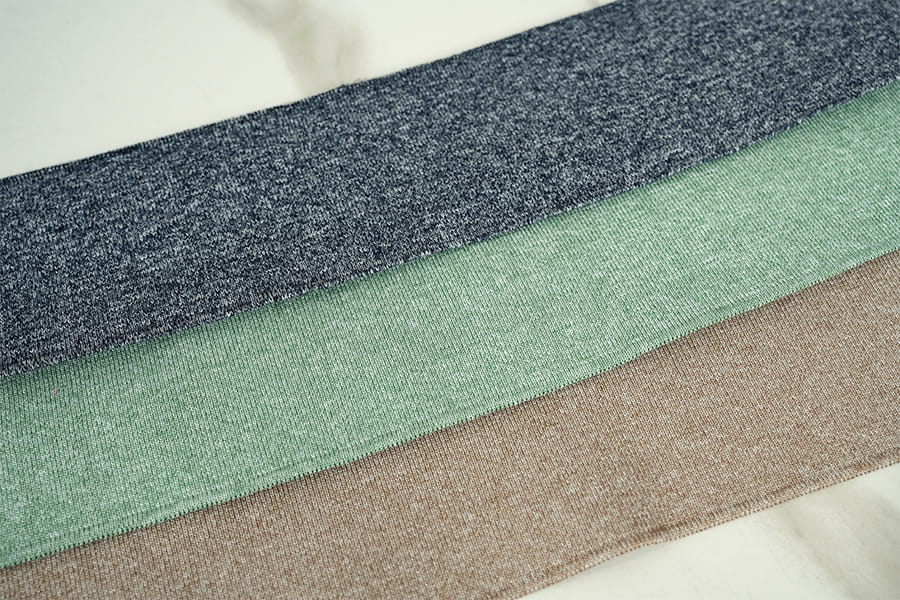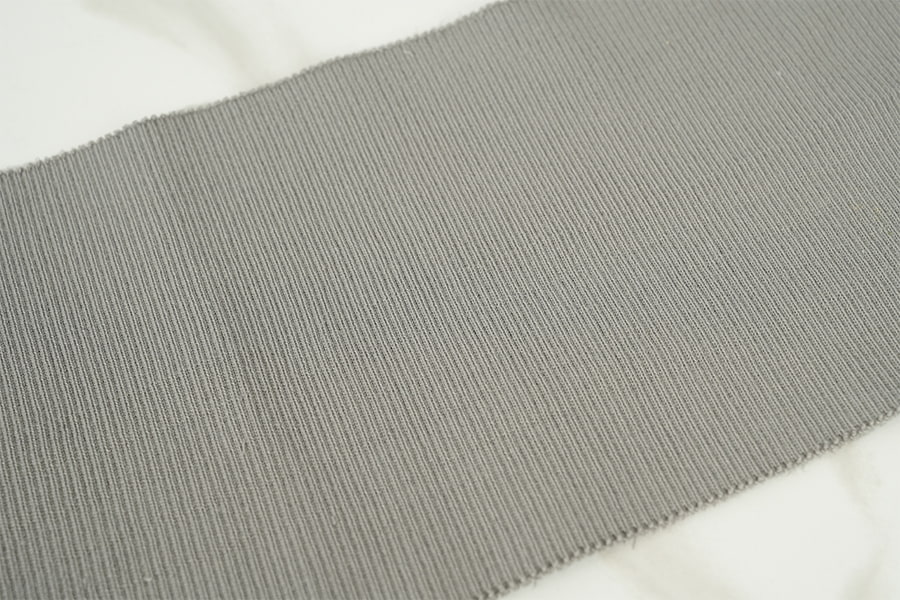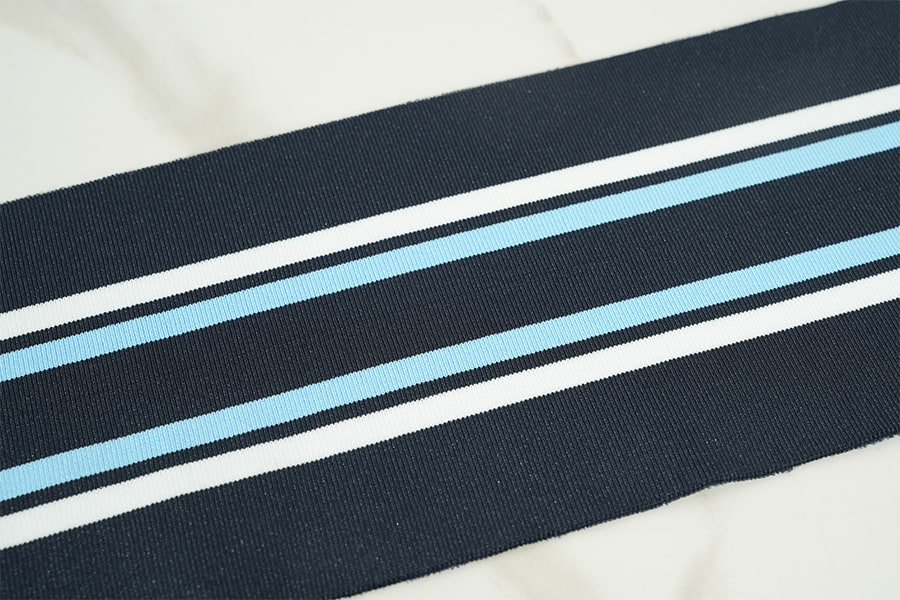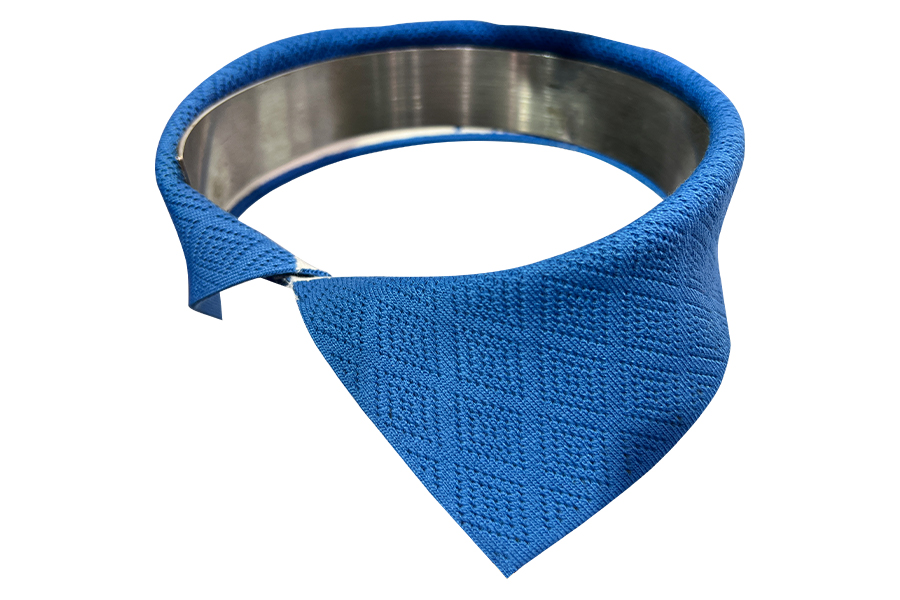Due to its excellent elasticity and soft texture, horizontal knitted ribbed fabrics are widely used in a variety of products such as clothing, socks and gloves. However, the complexity of its dyeing process has an important impact on the final quality and appearance of the fabric. Therefore, a deep understanding of the characteristics of horizontal knitted ribbed fabrics and their applicable dyeing methods is essential to achieve high-quality dyeing effects.
Characteristics of horizontal knitted ribbed fabrics
Horizontal knitted ribbed fabrics are made by knitting technology, forming a unique organizational structure. This structure gives the fabric good elasticity and a comfortable touch, but it also brings a series of challenges in the dyeing process. The fabric needs to maintain its shape stability during dyeing, and excessive stretching or compression may cause the fabric to deform. In addition, the softness of horizontal knitted ribbed fabrics enhances its ability to absorb dyes, but it may also cause color difference and color flower after dyeing. Therefore, when choosing a suitable dyeing method, these characteristics must be fully considered to ensure the uniformity and stability of the dyeing effect.
Analysis of Common Dyeing Methods
Water-washing dyeing method
As a traditional dyeing technique, the water-washing dyeing method is suitable for fabrics of various fiber types. This method mixes the fabric with the dye in water and kneads it mechanically or manually to make the dye penetrate into the fabric. Although this method is simple to operate and low in cost, when processing horizontal ribbed fabrics, the dyeing temperature and time must be strictly controlled to prevent the fabric from being damaged.
Vacuum high temperature dyeing method
Vacuum high temperature dyeing method is a modern dyeing technology suitable for fabrics with high requirements for dyeing effects. This method uses professional equipment to dye at high temperature and high pressure in a vacuum environment, which significantly improves the permeability and uniformity of the dye and effectively reduces energy consumption and wastewater discharge. However, this technology has high requirements for equipment and operating technology, and the cost is relatively expensive.
Key factors in choosing dyeing methods
The following factors should be considered comprehensively to choose a suitable dyeing method:
Fabric characteristics
The fiber composition, organizational structure and density of horizontal ribbed fabrics directly affect the choice of dyeing methods. For example, fabrics containing more synthetic fibers should use a high temperature resistant dyeing method, while for fabrics that are soft and easily deformed, a dyeing process that causes less damage to them should be selected.
Dyeing effect requirements
Different products have different requirements for dyeing effects. For products that need to show bright and uniform colors, a dyeing method with excellent effects should be selected; for products that need to present special textures or patterns, special dyeing processes or printing technologies may be required to meet design requirements.
Production cost
The economic efficiency of the dyeing method is also an important consideration when choosing. Different dyeing processes have significant differences in equipment investment, dye consumption and energy use. Therefore, when choosing a dyeing method, it is necessary to balance production costs and product quality to find the best cost-effective solution.
